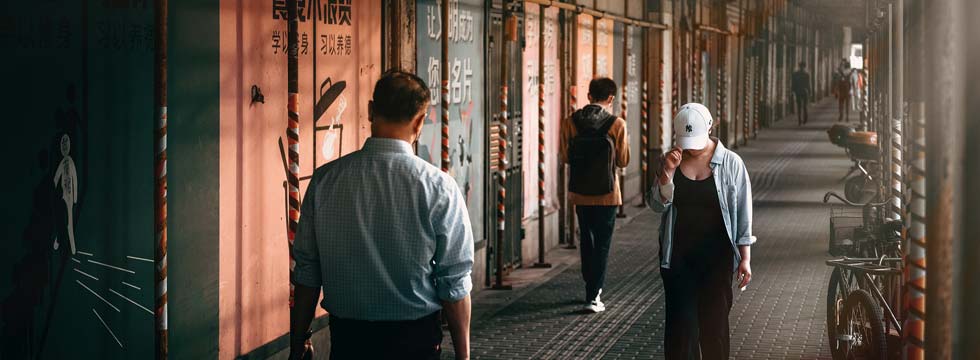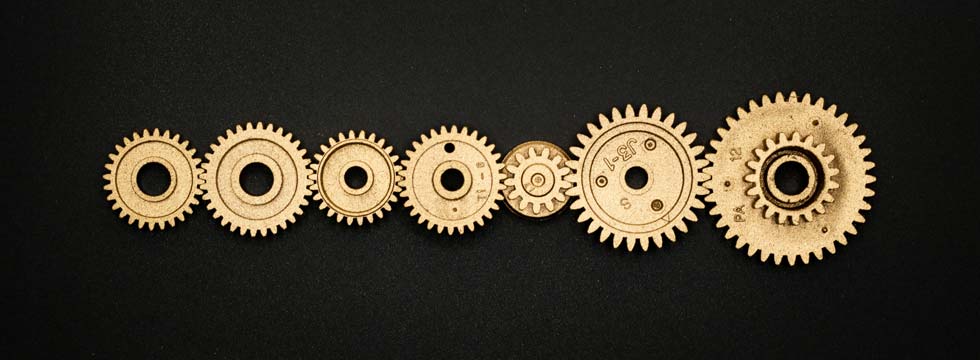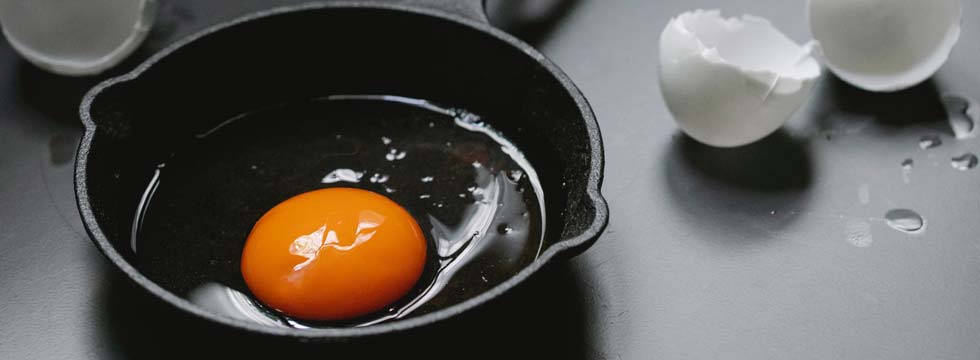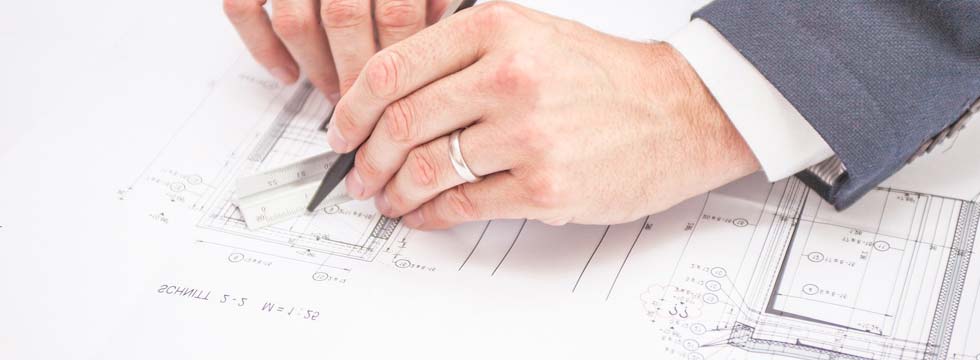With the widespread cultural influences of startup companies and entrepreneurs, manufacturing a product overseas seems to be the “end all, be all” to cut costs. While this certainly can be true, there are some common pitfalls that can cost more than just money. The goal of this article is to highlight some issues that can be easily avoided with manufacturing overseas.
“Overseas” can refer to many geographic locations. Assume that English is not the primary language and it is geographically far away. This will necessitate long shipping times and timezone issues.
Pitfall #1: Designing Your Product Overseas
While this may be obvious to many, it is still an issue that we often have to deal with. This is probably the pitfall with the largest repercussion. If there is one time to not try and “pinch pennies” it is in the design stage. Every portion of the product and your company will be affected by the initial product design. The core of successful design is solid communication. There is no substitute for a local design house that you can call and speak on the phone, with no language barrier.
Pitfall #2: Prototyping the Wrong Type of Product Overseas
This applies to most products, but especially in the realm of electronics. For PCB prototyping; inexpensive, small batch PCB fabrication overseas has been revolutionary. We fabricate the majority of our first few PCB revisions overseas. The key here, is to make sure that you focus on products that do not require extensive instructions or communication. Continuing my PCB example, we have the bare PCB’s produced overseas, but assemble the boards in-house. Even with detailed assembly docs, PCB assembly typically requires back and forth communication. Often you need several test samples until they place all parts correctly. You can spend a lot of time and money communicating and testing with an overseas PCB assembly house.
We recently had a nightmare scenario from one of our clients manufacturing a sheet metal product overseas. Our role was designing the electronics portion of this project. Our unit was a custom PCB, touchscreen, and various sensors and relays. The sheet metal housing has 50+ custom pieces. Using a combination of overseas PCB fab, and in-house PCB assembly, we quickly tested and validated our portion of the design. To save costs, our client decided to have the entire sheet metal assembly prototyped overseas from the factory that would produce the final product at scale. This entailed taking the previously mentioned 50+ custom sheet metal parts that the mechanical engineer designed, sent over to a factory across the world, to prototype an untested design.
It has been nearly 6 months since the files were first sent, and we are expecting the first prototype to be stateside at the end of May. Likely, the design will still need modifications, requiring another revision or two. If our client instead chose to “bite the bullet” and prototype stateside, the design would likely be already in mass production, making revenue.
Pitfall #3: Not Requesting a Test Sample from Each Batch
Unlike many of the other pitfalls, this one can bite you at any time, and isn’t strictly an issue only with overseas manufacturers. It is incredibly important to have it in writing that you will receive samples from each batch. Ideally you also have the ability to demand a re-run of the product at the expense of the manufacturer if it fails your specs. While manufacturing a product overseas doesn’t inherently mean there will be quality issues, they usually will be harder to resolve.
People often will make gross overgeneralizations that all products manufactured overseas are inherently cheap and inferior to Western products. Taking one look at any Apple device will quickly prove this false. The key to having successful product production is strict quality control and detailed manufacturing documents. Apple will not only design all parts, but also the injection molds/tools. This gives them full control of the design and manufacturing stage, while still saving money.
Pitfall #4: Misunderstanding IP (Intellectual Property) Laws
This topic is covered in many articles and videos. I definitely am not an expert in this field, but I do have a great reference article. This pitfall relates to my article on Patent Before Prototype: Which Comes First? I discuss the issues, pros, and cons of NDA’s and patents. Especially when it comes to manufacturing products overseas, a patent is only as good as the company behind it. If you don’t have the resources to sue companies who infringe on your idea, your patent is essentially a paperweight.
If you have a successful product, even if you manufacture it local, it can still be ripped off by overseas manufacturers. It can certainly slow the process by having solid IP protections in place, but nothing is going to completely stop IP theft.
Pitfall #5: Blindly Finding a Factory on Alibaba (or Similar)
Any time a company or entrepreneur is looking for a design or production company, you have to take a leap of faith until that company is proven to be solid. This becomes incredibly difficult when manufacturing a product overseas. At any time you can post a RFQ (Request For Quote) on Alibaba to find factories. The issue is, you will receive 10’s to 100’s of quotes, from factories you have no way of validating. You’ll often hear stories of startup founders who literally lived overseas for months on end perfecting the manufacturing process.
There are plenty of online resources, forums, and subreddits where you can get referrals from reputable overseas manufactures. Anything you can do to avoid quote shopping on Alibaba should be a priority.

Here at MicroType Engineering, we have years of experience in product design, and designing for manufacture. We have a network of manufacturers that we can connect you with to ensure a seamless transfer of design to manufacture. If you have a product design that you need prototyped or designed, please reach out to set up a time to chat!






Recent Comments